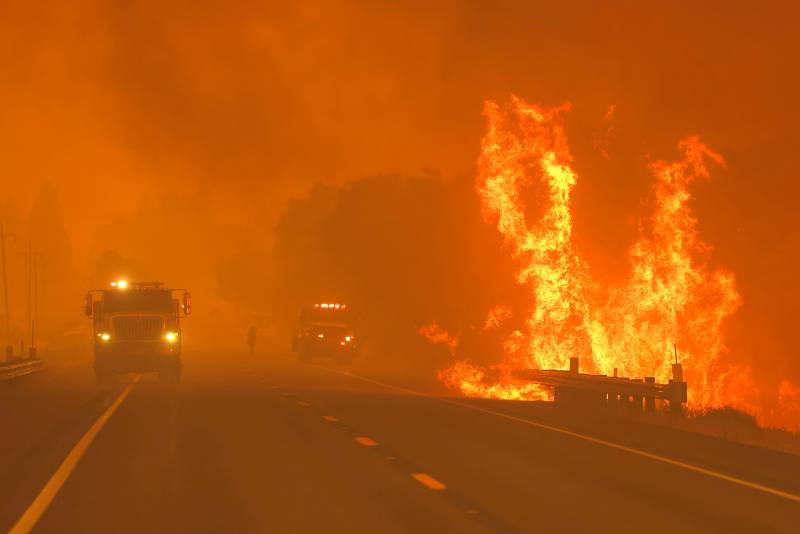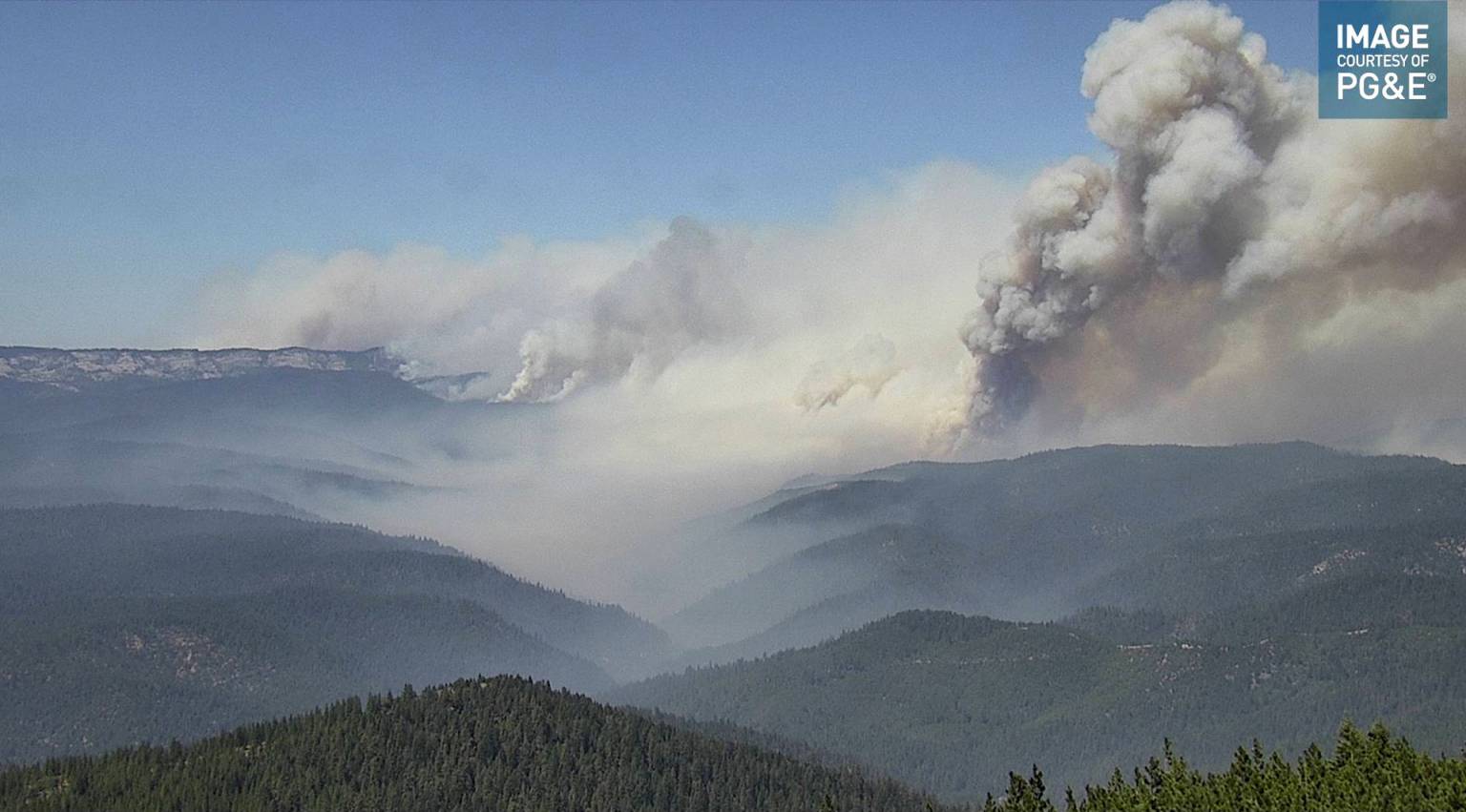The worker tried unsuccessfully to extinguish the blaze, which he described as growing to about 1,200 square feet as he fought it. A fire crew that happened to be driving up the other side of the Feather River on Highway 70 had already spotted the flames and, a few minutes after 5 p.m., reported the incident to a Cal Fire dispatcher as an "established" fire measuring about 40 feet by 40 feet.
In his long list of queries, Judge Alsup asks PG&E to explain why the power line problem apparently took so long to ignite the small fire the troubleman first encountered. Noting that no one had spotted a fire before the PG&E worker arrived at the site, Alsup asked, "What, if anything, did the troubleman do upon his arrival at the site that might have accidentally caused the fire?"
Alsup's questions include a back-and-forth between the judge and PG&E over what the company knows about a drone flight that interfered with firefighters in the hours immediately following the discovery of the Dixie Fire.
Alsup ordered the company on Aug. 6 to tell him what it knows about the drone, including whether it might have been flown by a contractor. In a response filed Monday, PG&E flatly denied knowing anything about the drone flight.
But on Tuesday, Alsup posed the drone question again. The judge said he had information by way of the court monitor assigned to track PG&E's safety performance that the company might know something about the drone after all.
"The court has received information that PG&E informed the monitor of the following: PG&E believed that the drone that interfered with Dixie firefighting on July 13 was being flown by a PG&E contractor at the time of the interference," Alsup wrote. "PG&E believed that the contractor was not doing work for PG&E at the time of the interference, however, because records indicated that it had completed PG&E surveillance work for the day. Is it true that PG&E did believe that a PG&E contractor operated the drone (regardless of whether it was on behalf of PG&E or not)? What was the source of this information? Does PG&E still believe that?"
In a statement, PG&E reiterated it's "not aware of any evidence that the company or any of its contractors operated a drone anywhere near the start of the Dixie fire on July 13."
"We intend to update the court on what appears to be a misunderstanding based on early reports and preliminary information," the company said. "We will clarify this information with the court and seek to clarify all stakeholders' understanding of the facts."
The Dixie Fire has burned more than 1,050 square miles over the past 38 days, has destroyed more than 500 homes and continues to threaten communities in Lassen, Plumas and Tehama counties.


